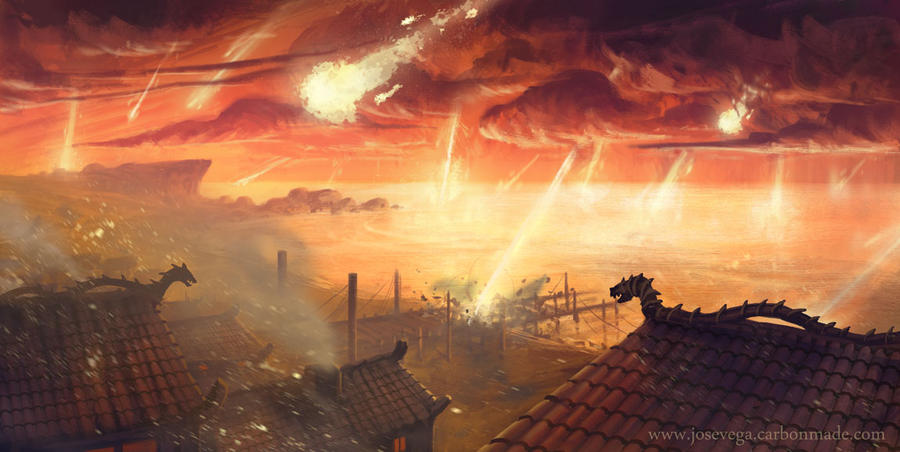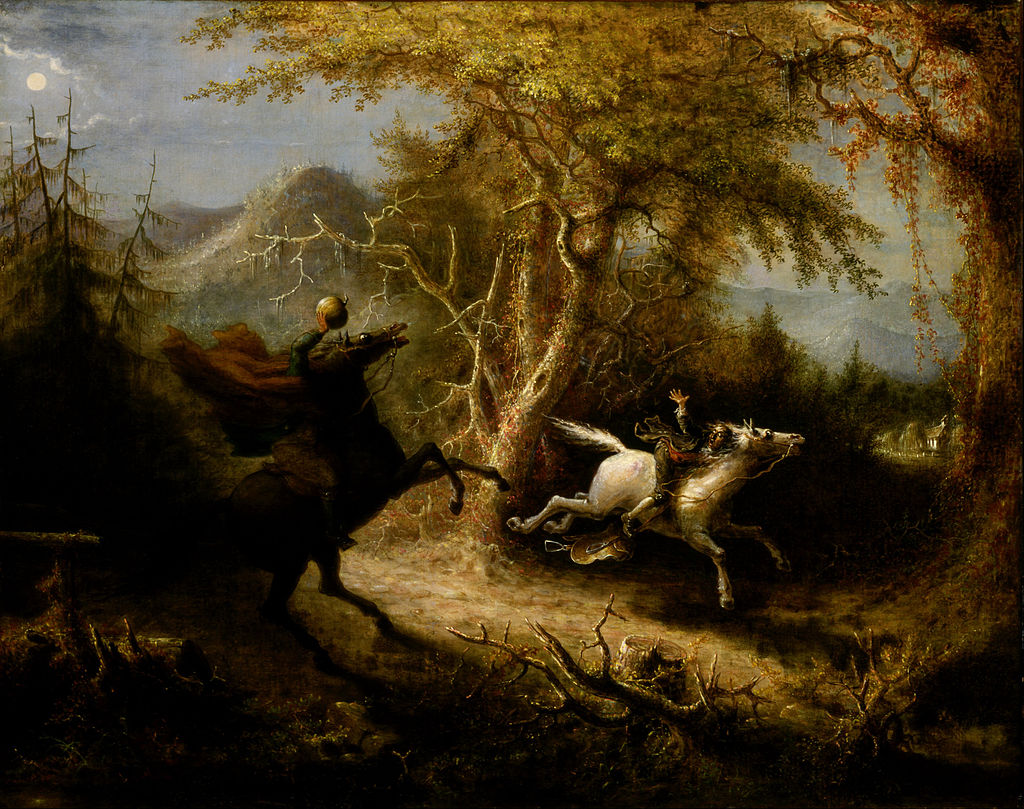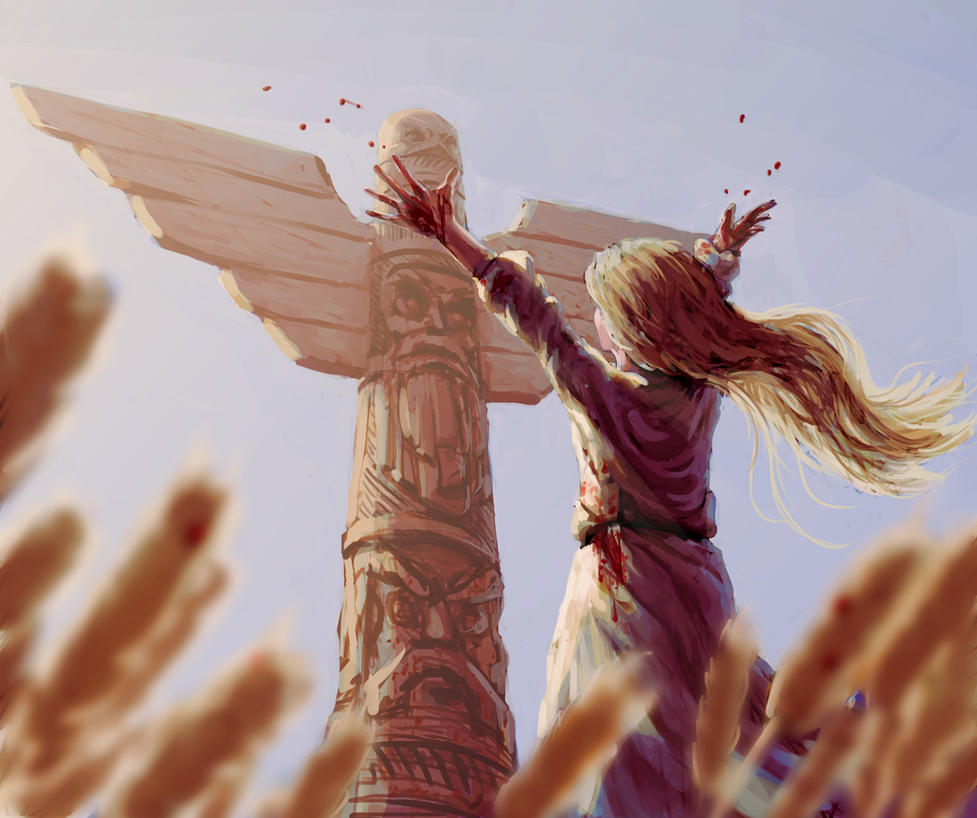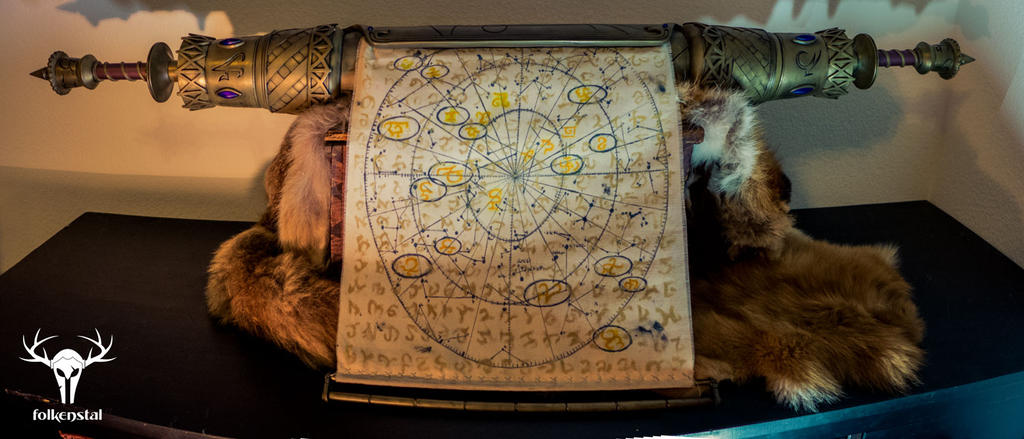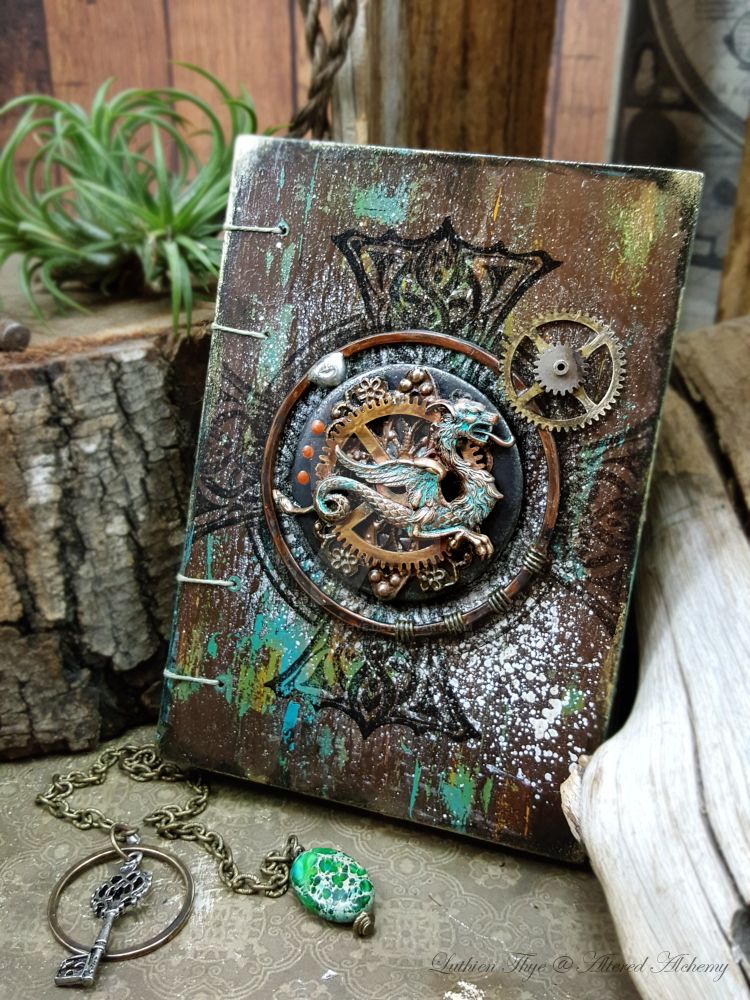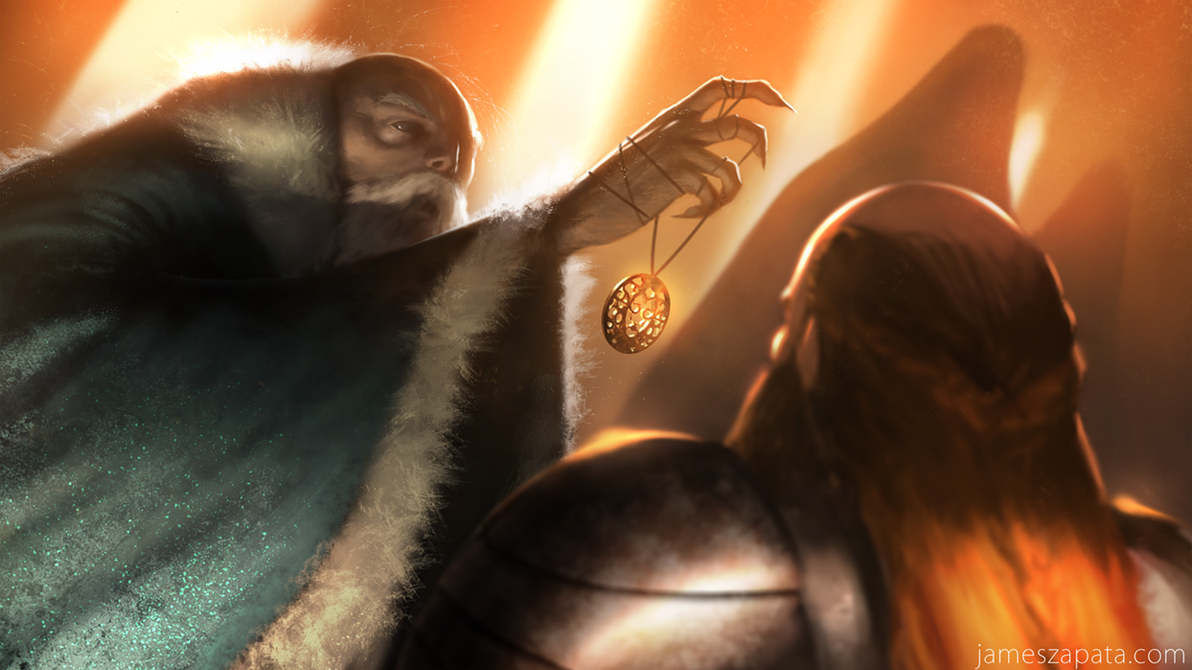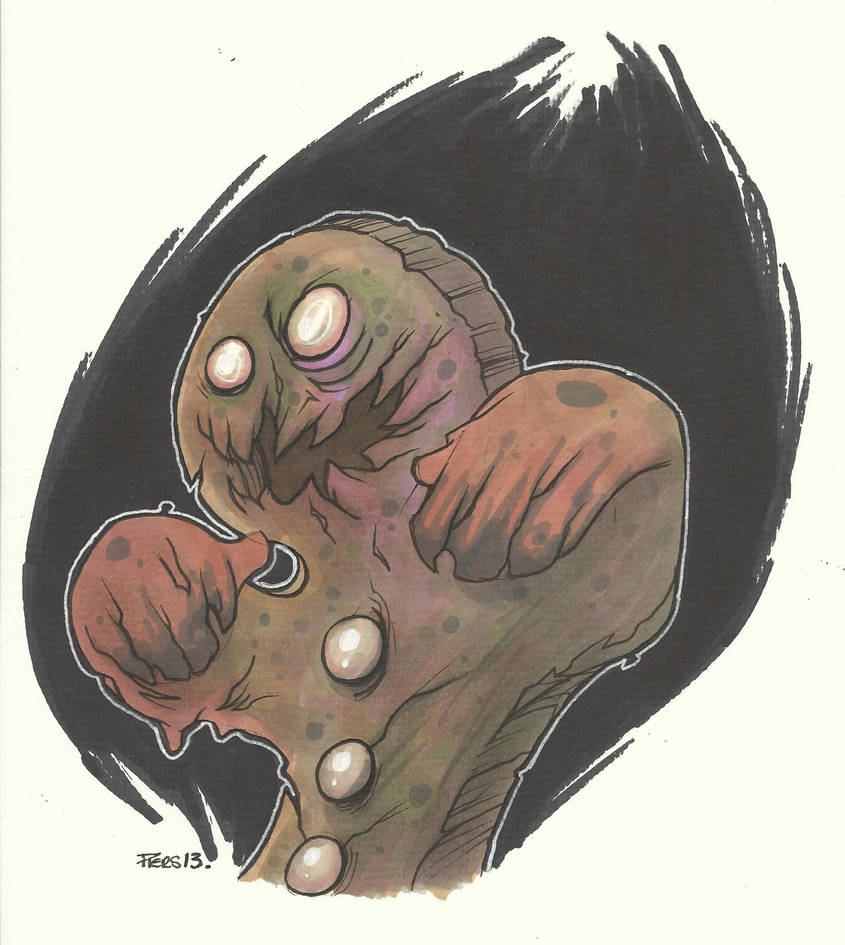 |
| Image Source: https://www.deviantart.com/leagueof1/art/EVIL-DEAD-FAIRY-TALES-GINGERBREAD-MAN-370551895 |
At last the true villain of Holidayland is revealed!
Previous Holiday Interludes
- 2014
- 2015
- 2016
- 2017
- 2018
Candy Caine
Candy Caine is the first of the candy-based residents of Holidayland to kill another. He and and his brother Chew Able were the last two cookies left in the tin, and Candy Caine knew that they were both going stale. Unwilling to accept that one of them might get eaten and enjoyed while the other, too stale to be consumed, might be thrown away (or worse, fed to the dog) Candy Caine slew his brother in what he saw as a mercy killing. This clearly evil act committed with ostensibly charitable intent broke Candy Caine's mind, and in his insanity he fled into the bitter cold of Holidayland's wintery night. There he became frosted and bitter, soon forming plans to throw down the Holidayland leaders, and especially Santa himself.
DCC/MCC
Init +5; Atk Peppermint Nunchaku +5 melee (1d8+3), Marzipan Shuriken +4 ranged (1d4+3); AC 16; HD 5d10; MV 40’; Act 3d20; SP vulnerable to milk; Immune to Good Cheer; SV Fort +4, Ref +5, Will +3; AL C.Cypher System
Level: 7 (TN 21)
Health: 30 • Armor: 2
Damage: 8 (get it?)
Movement: Short
Modifications: Level 8 speed defense due to confectionary ninjutsu. Level 8 for stealth tasks for all senses but smell; level 5 to detect by smell. Candy Caine is especially weak against milk based attacks, and is level 5 to defend against them. His overall leave will also be decreased by 1 after each time he is successfully attacked with a milk based attack.
Combat: In combat Candy Caine deals 8 damage from unarmed and weapon attacks. Alternately he can grapple with a target and hold them (giving the target an inability in speed defense) and inflicting 8 damage per round. Targets can break free with an action and a successful might based roll to escape.
Interaction: Candy Caine is a bitter and crusty old gingerbread man. He hates the holidays and the Holidayland "Patriarchy" (specifically Santa, though he claims the Easter Bunny is a "monster" as well). If convinced that the players are looking out for the betterment of the gingerbread masses he may entreat with them.
Use: Candy Caine routinely leads legions of his faithful gingerbread ninjas to attack Santa during his yearly voyage; the PCs may find Jolly Ol' St. Nick in dire need of some defense from their sweet assassination attempts.
Loot: If slaine, Candy Caine will leave behind only crumbs. Bah, Humbug!
GM Intrusion: Candy Caine may summon up to his level in gingerbread ninjas to his aid, and even has the ability to call upon Krampus, Frostborn Snowmen, and Ginger-Mech Men.









